New Energy PCB
The Best PCB Manufacturer for Energy & Renewable Energy Electronics
Key features of New Energy PCBs
High Power Handling
New Energy PCBs are designed to handle high power levels typically associated with renewable energy systems. This involves appropriate selection of materials with high thermal conductivity and low resistance to minimize power loss and heat dissipation.
Improved Electrical Performance
New Energy PCBs are optimized for low resistance, low noise, and high-speed signal transmission, ensuring efficient energy conversion and minimizing power losses.
High Voltage Isolation
Some renewable energy applications involve high voltage circuits. New Energy PCBs incorporate appropriate insulation and isolation techniques to ensure safe operation and prevent electrical breakdown.
Enhanced Durability
These PCBs are built to withstand harsh environmental conditions often encountered in renewable energy installations, such as extreme temperatures, humidity, and exposure to moisture or UV radiation.
Design Flexibility
New Energy PCBs can be customized to meet specific system requirements, accommodating complex circuit layouts, multiple layers, and specialized component mounting.
Thermal Management
Effective heat dissipation is crucial for maintaining the performance and reliability of new energy systems. New Energy PCBs employ advanced thermal management techniques, including heat sinks, thermal vias, and specialized copper traces to dissipate heat efficiently.

The development of New Energy PCBs is driven by the increasing demand for reliable and efficient electronic systems in the renewable energy sector. These specialized PCBs, including those manufactured by Highleap, play a crucial role in facilitating the integration and optimization of various components within renewable energy systems. By leveraging their expertise in PCB manufacturing, Highleap contributes to the overall performance and sustainability of these technologies.
Highleap’s commitment to quality, advanced manufacturing capabilities, and adherence to industry standards ensures that the New Energy PCBs they produce meet the specific requirements of renewable energy applications. By collaborating with Highleap as a reliable PCB&PCBA manufacturer, companies in the renewable energy sector can benefit from the expertise and support needed to develop and produce high-performance PCBs that drive innovation and enhance the efficiency of their electronic systems.
Application of PCB in new energy
PCBs are essential components in various aspects of new energy technologies, enabling efficient energy conversion, control, and management. Their design and construction are tailored to meet the specific requirements and challenges of each application, contributing to the overall performance and reliability of new energy systems.PCBs play a vital role in various applications within the field of new energy. Here are some examples of how PCBs are used in new energy technologies:
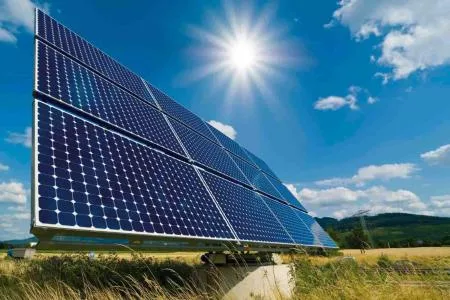
Solar Power Systems
PCBs are used in solar power systems to control and manage the flow of electricity. They are utilized in solar inverters, which convert the direct current (DC) generated by solar panels into alternating current (AC) that can be used in homes and businesses. PCBs in solar inverters help regulate and optimize power conversion, monitor system performance, and ensure safe operation.
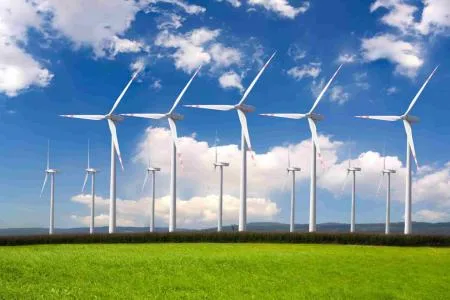
Wind Power Systems
PCBs are employed in wind turbines for various purposes. They are utilized in the control systems of wind turbines to manage the pitch control of the blades, monitor wind speed and direction, and regulate power generation. PCBs are also used in the power electronics of wind turbines, including the converter systems that convert the variable frequency AC power generated by the turbines into stable AC power for the grid.
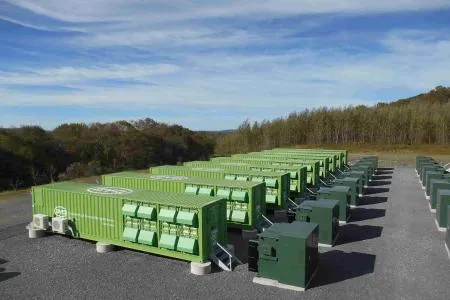
Energy Storage Systems
PCBs are integral to energy storage systems such as batteries used in renewable energy applications. They are used in battery management systems (BMS) to monitor and control the charging and discharging of batteries, ensure balanced cell voltages, and protect against overcharging or over-discharging. PCBs enable efficient and safe operation of energy storage systems, enhancing their performance and lifespan.

Electric Vehicle (EV) Charging Systems
PCBs are utilized in EV charging infrastructure, including charging stations and charging controllers. They control the power flow, monitor charging status and safety features, and enable communication between the charging station and the EV. PCBs in EV charging systems help regulate the charging process, ensure compatibility with different vehicle models, and provide user-friendly interfaces.
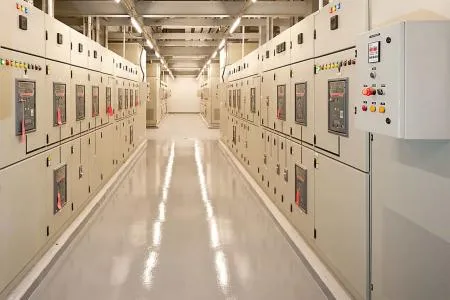
Power Electronics and Power Distribution
PCBs play a crucial role in power electronics and power distribution systems within new energy technologies. They are used in power converters, inverters, rectifiers, and voltage regulators to manage and control the flow of electricity. PCBs enable efficient power conversion, minimize losses, and provide reliable and stable power distribution in new energy systems.
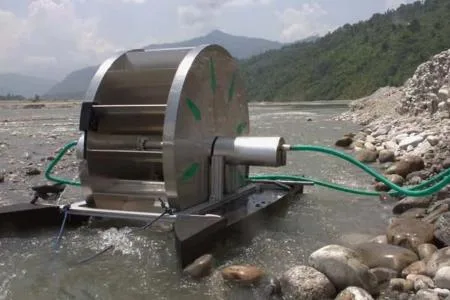
Hydropower Systems
PCBs are utilized in hydropower systems to control and manage the generation of electricity from flowing water. They are employed in the control systems of hydroelectric power plants, including the turbine control panels, voltage regulation systems, and monitoring systems. PCBs play a crucial role in controlling the speed and output of turbines, managing the flow of water, and monitoring the performance and safety of hydropower systems.
Common PCB types in new energy systems
In the field of new energy, various types of PCBs are used to meet different requirements. Here are some common types of PCBs used in new energy systems:
- Control PCB: Used for controlling and monitoring the operation of new energy systems. These PCBs typically integrate microcontrollers, sensors, actuators, and communication interfaces to achieve automated control and monitoring functions.
- Power PCB: Used for power management and distribution. These PCBs are responsible for converting power energy into appropriate voltage and current to meet the needs of components and subsystems in new energy systems.
- Inverter PCB: Used to convert DC energy (such as solar panels or batteries) into AC energy for supply to AC motors, the grid, or other AC devices.
- Charging Control PCB: Used for charging management in electric vehicles, hybrid vehicles, and energy storage systems. These PCBs control and monitor the charging process to ensure safe and efficient energy charging.
- Grid-Connected Control PCB: Used to connect distributed energy systems (such as solar photovoltaic systems or wind power systems) to the grid. These PCBs control the injection and extraction of energy to ensure the coordination and reliable operation of the system with the grid.
- Heat Sink PCB: Used for heat management, especially in high-power density new energy systems. These PCBs typically have metal substrates or heat dissipation structures to effectively dissipate heat and lower temperatures, ensuring system stability and reliability.
- Sensor Interface PCB: Used to connect and integrate various sensors for monitoring the status and environmental parameters of new energy systems. These PCBs are responsible for signal conversion, amplification, and processing, transmitting sensor data to the control system for analysis and decision-making.
It is important to note that different types of new energy systems may require different PCB configurations and designs. The specific PCB types and functionalities will vary depending on the specific requirements and application areas of the system. Therefore, when designing and selecting PCBs, customization and optimization should be done based on the specific needs of the new energy application.
Choose Highleap’s new energy PCB

Full Expertise
Choose our new energy PCB solutions for full expertise in meeting your specific requirements. Our team of experienced professionals has extensive knowledge and skills in designing and manufacturing PCBs tailored to the unique needs of new energy systems. From flexible PCBs to high-frequency designs, we have the expertise to deliver superior performance and reliability, ensuring seamless integration into your energy technologies.

Robust Supplier Network
Partner with us and benefit from our robust supplier network for new energy PCBs. We have established strong relationships with trusted suppliers, enabling us to source high-quality materials and components at competitive prices. Our extensive network ensures that you have access to the latest technologies and innovations, allowing you to stay ahead in the fast-paced new energy industry.

Strict Quality Control
Rest assured that our new energy PCBs undergo stringent quality control measures at every stage of production. We adhere to rigorous quality standards to ensure that each PCB we deliver meets or exceeds your expectations. Our dedicated quality control team conducts thorough inspections and tests to guarantee the reliability, durability, and performance of our PCBs, giving you peace of mind and confidence in your new energy systems.
